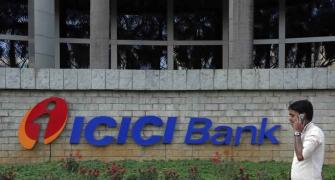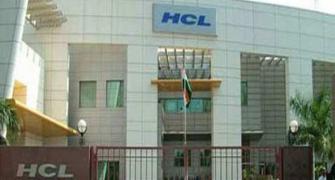Small savings as an investment option has receded to the background for some time now.
This has happened because the rise in interest rates led to a situation where the rates on fixed deposits and other debt instruments rose sharply. Rates on small savings options remained the same and seemed less attractive than before.
Now, with the situation changed, this is once more an option for investors. Here is how they could look at the situation and decide.
The nature of schemes
Small savings are various investment options available at post offices. These include Public Provident Fund, Post Office Monthly Income Scheme, National Savings Certificates, Kisan Vikas Patra and even Post Office Time Deposits.
These are all debt instruments and the interest rates are fixed since quite some time.
The return for PPF is 8 per cent, tax-free, while that on NSC is 8.16 per cent, as this is compounded half-yearly.
The rates on time deposits range from 6.25 per cent for the one-year deposit to 7.5 per cent for the five-year term deposits. The POMIS also has a return of 8 per cent payable monthly.
Fall In FD rates
With the easing of inflation and the lower rates witnessed in the debt market, fixed deposit rates for banks have been reducing for some time. Banks have slowly but regularly been cutting their deposit rates and these now seem relatively unattractive.
The higher interest rate range for most public sector and private sector banks is the 7-7.75 per cent cent band. This means the highest rate available for most banks will be in this range and the investor will find the returns capped for the time period.
The highest rate will usually be available for the 1-3 year time-brackets, especially for special period deposits like 375 days or 400 days or 1,000 days.
Implications
In terms of the interest rate available, there is a benefit available for an instrument like the National Savings Certificate, where the rate of return is 8 per cent. The returns here are compounded twice a year, so the yield goes up to 8.16 per cent.
This is a 6-year instrument and there will be no regular payout for the investor, so the amount will accumulate and all of it got at maturity.
This might make the instrument not suitable for a short-term investor. But, for someone looking to invest for a slightly longer period of time, this ensures a good amount of assured return.
If the investor wants a regular payout, then there is another instrument. This is the POMIS, where again there is an 8 per cent return. This is suitable for all those who want a regular payout and this is possible monthly, so the investor is assured a regular flow of income.
There is an additional bonus of 5 per cent at maturity, which pushes up the return further at the end of the 6-year instrument
Since this return exceeds the FD figure, it makes it an attractive option.
For all those who need a feature similar to an FD, the time deposit of the post office is the route where the return is 7.5 per cent. This is just slightly higher or similar to the best offerings in the FD market, but this is for a five year period.
Additional benefit
In addition to the aspect on returns, there is one other reason that can tilt the situation in favour of the small savings schemes, which is the tax benefit.
Investment in the NSC and the five year time deposit gets a deduction under Section 80C up to Rs 1 lakh, along with the other eligible investments under this route.
This ensures a higher yield coming in the form of tax savings, a benefit that also has to be considered.
The author is a certified financial planner.








